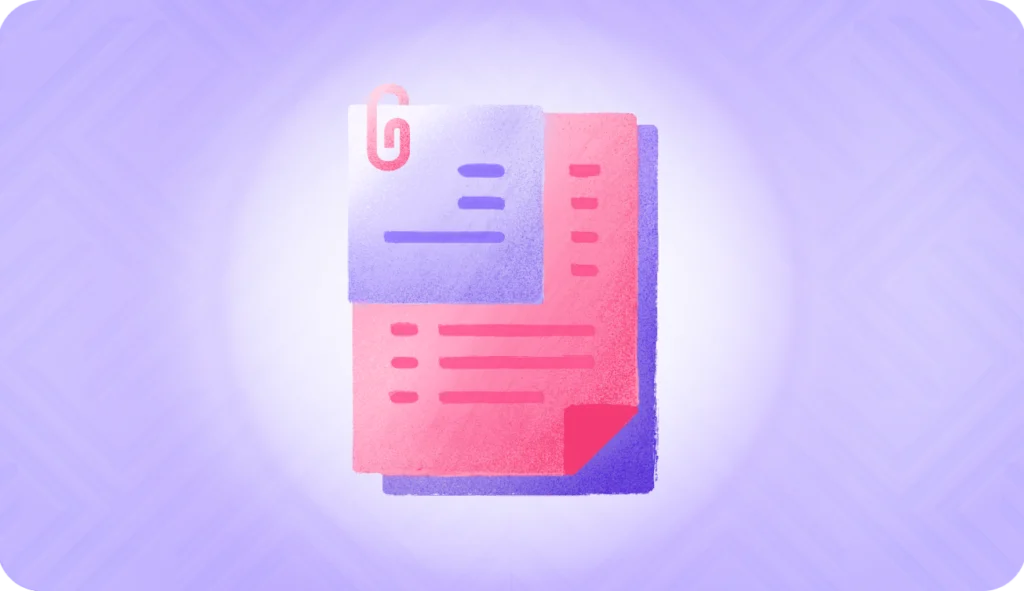Automated document verification has become a legal requirement across various industries, particularly in highly regulated sectors such as banking, aviation, gambling, and fintech. Traditional manual verification methods, which rely on human checks and data entry, can be slow and prone to errors, negatively affecting efficiency and user experience. Modern customers expect fast, seamless access to services, making automation a crucial factor in enhancing customer satisfaction.
By incorporating automation into document verification, businesses can reduce friction, ensure regulatory compliance, and improve operational efficiency. This article explores the fundamentals of document verification, compares manual and automated methods, and highlights the benefits of automation across different industries.
What Is Document Verification?
Document verification is the process of confirming the authenticity and validity of identity documents, such as passports, driver’s licenses, and national ID cards. This ensures that a document is genuine, unaltered, and valid for use.
The verification process typically falls into three main stages:
- Basic verification – Checking visible data, such as personal details, ID numbers, issue and expiry dates, and security features like holograms and MRZ codes.
- Advanced verification – Detecting alterations through lexical analysis or verifying electronic components like RFID chips.
- Forensic verification – Conducting deep analysis of security elements, including watermarks, lenticular printing, and embedded photos, using specialized hardware and software.
Where Is Document Verification Used?
Document verification is essential across multiple industries and governmental functions, including:
- Government agencies – Used in border control, immigration, social services, and welfare benefits administration.
- Regulated industries (KYC compliance) – Applied in banking, fintech, telecommunications, travel, hospitality, gambling, insurance, vehicle sharing, and e-learning.
- Sensitive data sectors – Critical for healthcare and other organizations handling personally identifiable information (PII).
Manual vs. Automated Document Verification
Manual Document Verification
Manual document verification involves human employees inspecting and validating identity documents. The process typically includes:
- Visual inspection of security features and personal details.
- Comparing data across different sections of the document.
- Cross-referencing information with official databases when necessary.
Advantages and Disadvantages of Manual Document Verification
Advantages:
- Simple and familiar process for businesses handling low verification volumes.
- Allows human judgment in ambiguous cases.
Disadvantages:
- Time-consuming and labor-intensive.
- High risk of human error.
- Increased operational costs due to labor expenses.
- Susceptibility to sophisticated fraud techniques.
Automated Document Verification
Automated verification leverages AI-powered software and specialized hardware to analyze documents within seconds. The process includes:
- Document capture – Assessing image quality to ensure clear data extraction.
- Document assessment – Checking the document against a template database for authenticity.
- Data extraction – Using OCR technology to read and cross-validate data.
- Verification – Ensuring consistency across document elements and performing biometric checks when necessary.
Advantages and Disadvantages of Automated Document Verification
Advantages:
- Faster and more efficient than manual verification.
- Minimizes human error.
- Capable of handling high volumes of verification requests.
- Enhanced fraud detection through AI-driven analysis.
- Provides a smoother user experience with instant service access.
Disadvantages:
- Initial implementation costs may be higher than manual processes.
- Requires integration with existing systems.
- Some cases may still require human intervention for verification failures.
How Automated Document Verification Works
Automated verification tools follow a structured workflow:
- Document capture – Ensuring high-quality image acquisition for accurate processing.
- Document assessment – Validating the document against an extensive template database.
- Data extraction – Extracting and cross-referencing information across different sections.
- Verification – Running consistency checks, security feature validation, and biometric analysis when applicable.
Is Automated Document Verification Reliable?
Automated document verification offers high reliability due to several key factors:
- Minimized human error – AI-driven verification eliminates inconsistencies found in manual checks.
- Standardized processes – Verification adheres to globally recognized security standards, such as ICAO Doc 9303 and BSI TR-03135.
- Extensive knowledge base – Advanced solutions maintain vast document databases, enabling verification of IDs from numerous countries.
- Robust fraud detection – Automated systems analyze document security features more comprehensively than manual verification, identifying even the most subtle fraud attempts.
Conclusion
Automated document verification is transforming identity verification by enhancing security, improving accuracy, and reducing operational inefficiencies. Businesses that implement automation can significantly reduce manual workload, prevent fraud, and ensure compliance with regulatory requirements.
Regula provides advanced solutions for automated document verification, helping businesses optimize their processes and strengthen security. Try our free trial or request a demo to see the benefits in action.






